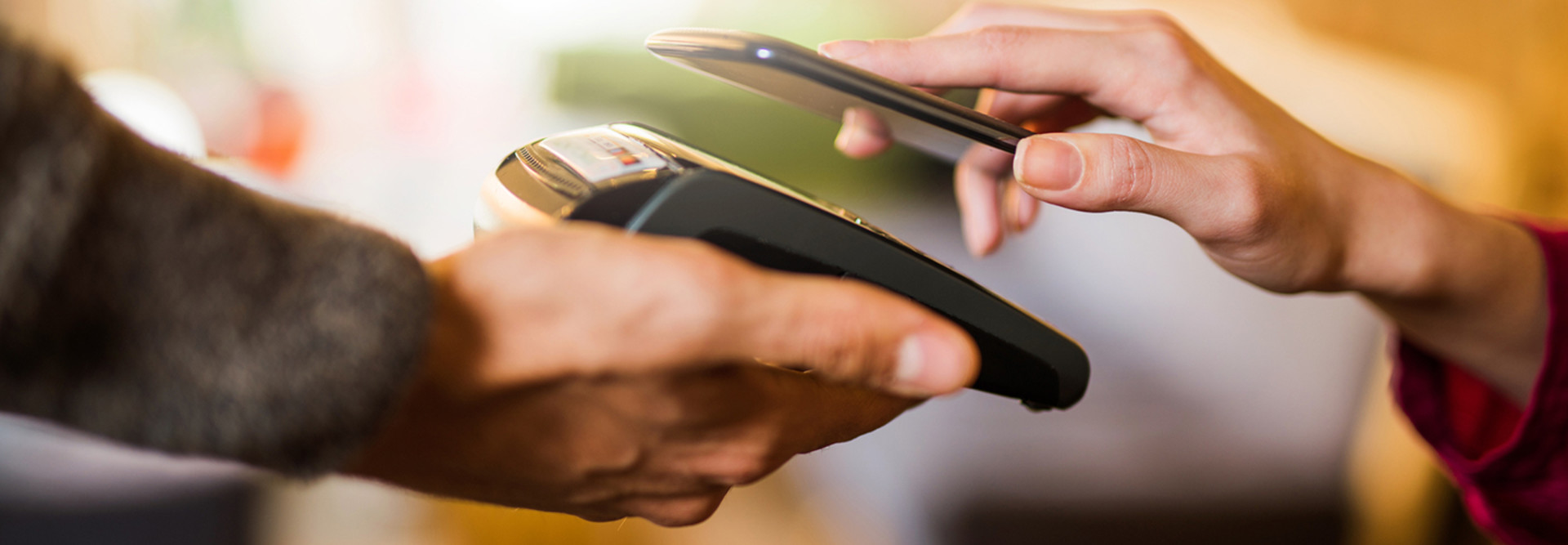Near-Field Communication Technology Starts to Transform Retail
While beacon technology remains popular among retailers, near-field communication (NFC) has emerged as another valuable tool for gathering customer insights and transforming the shopping experience.
By embedding shelf tags, packages or products with NFC chips, retailers enable one- or two-way communication between those items and customers’ NFC-capable smartphones. Unlike beacons, which push information to shoppers via Bluetooth, NFC technology allows customers to decide how and when to interact with a store’s smart packaging or displays. That’s because customers must hold their phone within just a few centimeters of the chip to activate the transfer, TechRadar explains.
SIGN UP: Get more news from the BizTech newsletter in your inbox every two weeks!
Mobile Payments Adoption Is On the Rise
According to an article on Digital Trends, the close proximity required for NFC to function contributes to the technology’s reputation as a secure mobile payment option. Three major platforms — Android Pay, Apple Pay and Samsung Pay — rely on NFC capabilities to facilitate wireless transactions between a user’s phone and a chip reader, and are all accepted at a wide variety of stores.
With more and more retailers accepting digital wallet payments, the technology’s future is bright. “Over the next year or two, it will increasingly become mainstream, certainly with younger, more tech-savvy groups,” predicts Steve King, partner at Emergent Research, in an interview with BizTech.
Already, the value of NFC-enabled payments in the U.S. has risen from $3.5 billion in 2014 to $118 billion in 2018, Statista reports, noting that the growth likely reflects consumer satisfaction with the speed, convenience and security of proximity payments.
NFC Enhances the Customer Experiences and Drives Sales
Beyond streamlining payments, NFC-enabled technology creates noninvasive opportunities for retailers to inform and persuade shoppers. For instance, national supermarket chain Kroger Co. piloted smart shelf tags as a way to display product information, but the technology also enables customers to view personalized prices and activate instant promotions, Adweek reports.
Chambers’ Apothecary, a pharmacy and wellness center located in Chambersburg, Pa., likewise implemented NFC-enabled tags to drive customer engagement. In doing so, the team gained another benefit: greater visibility into shopping trends.
According to a press release from Purple Deck, the company behind Chambers’ NFC solution, retailers can learn a lot by comparing the number of times different tags are read. "This information lets [managers] know which products are attracting the most attention and which products should be moved to a more visible shelf,” Purple Deck CEO James Sulfare said in the statement. “Most importantly, they can now see which products were interacted with in the store but not purchased, and they can adjust their marketing accordingly."
L.L. Bean Embeds NFC into Products to Track How They Are Used
Finding an even more novel use for the technology, L.L. Bean has plans to embed blockchain and NFC hardware into certain products, such as coats and boots, to track how often customers use and wash them. The outdoor outfitter will then put that information to work.
“If we can see that the customer really is utilizing [a product] in the way we intended, if they’re wearing it in the right climate or on a daily basis, that helps us decide whether it’s still viable in a market,” said Chad Leeder, an innovation specialist at L.L. Bean, in an interview with The Wall Street Journal. “If we see a high return rate, we’ll analyze why.”
The WSJ explains how the process works:
To move information from a coat or boot to L.L. Bean, a customer first must download a mobile app from the retailer. After opening the app, the customer passes his smartphone over his garment to let Loomia’s NFC device in the garment offload its data to the phone, which then transmits it to Ethereum, where L.L. Bean will access it. Customers could also perform a similar process without a smartphone by using an NFC reader connected to a desktop or laptop computer through a USB port. The data would be offloaded to a web application.
According to Leeder, the NFC-powered opt-in program will give L.L. Bean access to quantifiable data that it has never before been able to collect, offering unprecedented benefits for product development, marketing and even supplier negotiations.









